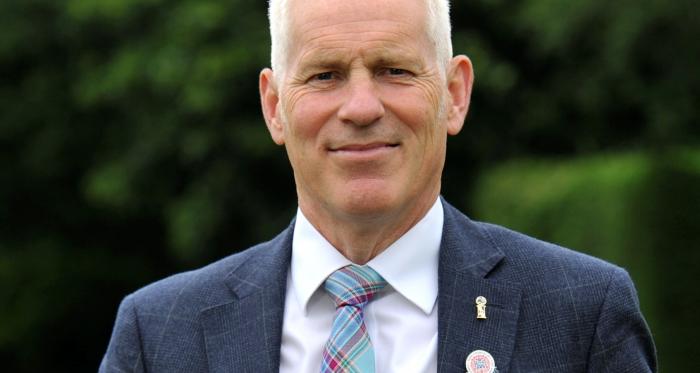
Leading the Way in Welcoming EAL International Pupils
With the school having recently welcomed an influx of international non-English speaking students, headmaster Robert Yates, talks about the approaches the school has taken to help and support those students coming to the school and the advantages of having such a diverse school community.
Independent schools, particularly those with boarding facilities, are accustomed to welcoming international pupils. As a preparatory school, situated in an affluent suburb of the West Midlands, the majority of Eversfield Preparatory School’s students reside within a 10-mile radius. However, our location also places us near to many commercial businesses whose executives and directors choose to live in Solihull. Many of these international companies deploy employees from abroad on UK projects and offer schooling for children as a part of the employees’ relocation package. Consequently, we usually enrol one or two pupils from such families each year and, following the Brexit referendum, we expected international pupil numbers to decline.
However, recent large-scale civil engineering infrastructure projects in the West Midlands attracted families from across the world seeking schools for their children. Consequently, Eversfield experienced an influx of new pupils aged 3 to 10 years from countries including France, Spain, Germany, Brazil, India, Pakistan, Algeria, China, Russia, Taiwan, South Korea, Ukraine, Estonia, Poland, and the Czech Republic. Notably, many of these students had little to no proficiency in English.
Our school delivers a robust language programme that includes French, Spanish, and Latin. However, the diverse range of languages presented by our new students at the start of the academic year caught us off guard and teachers' GCSE language knowledge was put to the test. While we had a specialist teacher fluent in French, Spanish and Portuguese, it wasn’t possible for her to be in every classroom at all times. Some staff had a basic understanding of certain European languages but not enough for teaching all subjects. We needed a swift plan of action.
All of our teachers and assistants are actively engaged in research projects as part of their ongoing professional development, so our first step was to review recent research on language acquisition for non-native speakers. We quickly developed visual resources to illustrate processes, procedures, and vocabulary. We structured Form classes to pair students who shared a foreign language for improved communication. Others were paired with teachers who had a basic understanding of the student's language.
Our immediate priority was to ensure that the children did not feel overwhelmed or isolated. The emotional challenges of joining a new school in a foreign country were daunting enough without the added hurdle of language barriers. Supporting wellbeing and orientation, both inside and outside the classroom, became a primary focus. Similarly, teachers required material and emotional support to equip students with the necessary tools for engagement at the required level. It was vital that language barriers did not diminish the student’s intellectual needs. However, assessing each child's ability level when they were not tested in their own language presented an additional challenge.
During this initial phase of acclimatisation, our existing pupils emerged as the best educators. We assigned "buddies" to each of the new students, whose role was to act as hosts during break and lunchtimes, offering guidance and companionship. They played a pivotal role in helping new students adjust and integrate into the school community. Children have a remarkable ability to communicate across language barriers, and their kindness and enthusiasm was admirable. It was essential to encourage and actively support relationships between new and existing pupils to avoid any tendency to self-isolate or solely interact with peers who shared the same language. As the new students rapidly acquired English vocabulary, integration improved further. Lessons became smoother as students were more responsive, although teachers remained aware that many students appeared to comprehend more than they actually did.
Despite progress, language remained a barrier, particularly in crucial areas such as reading. Reading is vital for vocabulary development, but most students found speaking and listening an easier route to improve their knowledge of English and struggled with reading. Consequently, many students received individual or paired reading lessons daily. Selecting appropriate reading material was important to cater to individual interests while maintaining the correct vocabulary level.
While there have been challenges, the advantages have been substantial. Our school community has become incredibly diverse, not just in terms of language but also culturally. Students and families have brought a wealth of unique viewpoints, attitudes and customs. Parents contribute by sharing their traditions and celebrations, and links have been fostered with families who, after completing their contracts, move elsewhere. Last year's charity fundraising for a township school was initiated by a family that had returned to South Africa.
Most importantly, our school has expanded its capabilities and expertise. Similar to our approach during the coronavirus epidemic, we demonstrated that every challenge is an opportunity to be embraced fully. With over 21 different languages spoken within our school, a common goal unites us; creating a caring, patient school community where learning is enjoyed by all through hard work, preparation and determination.